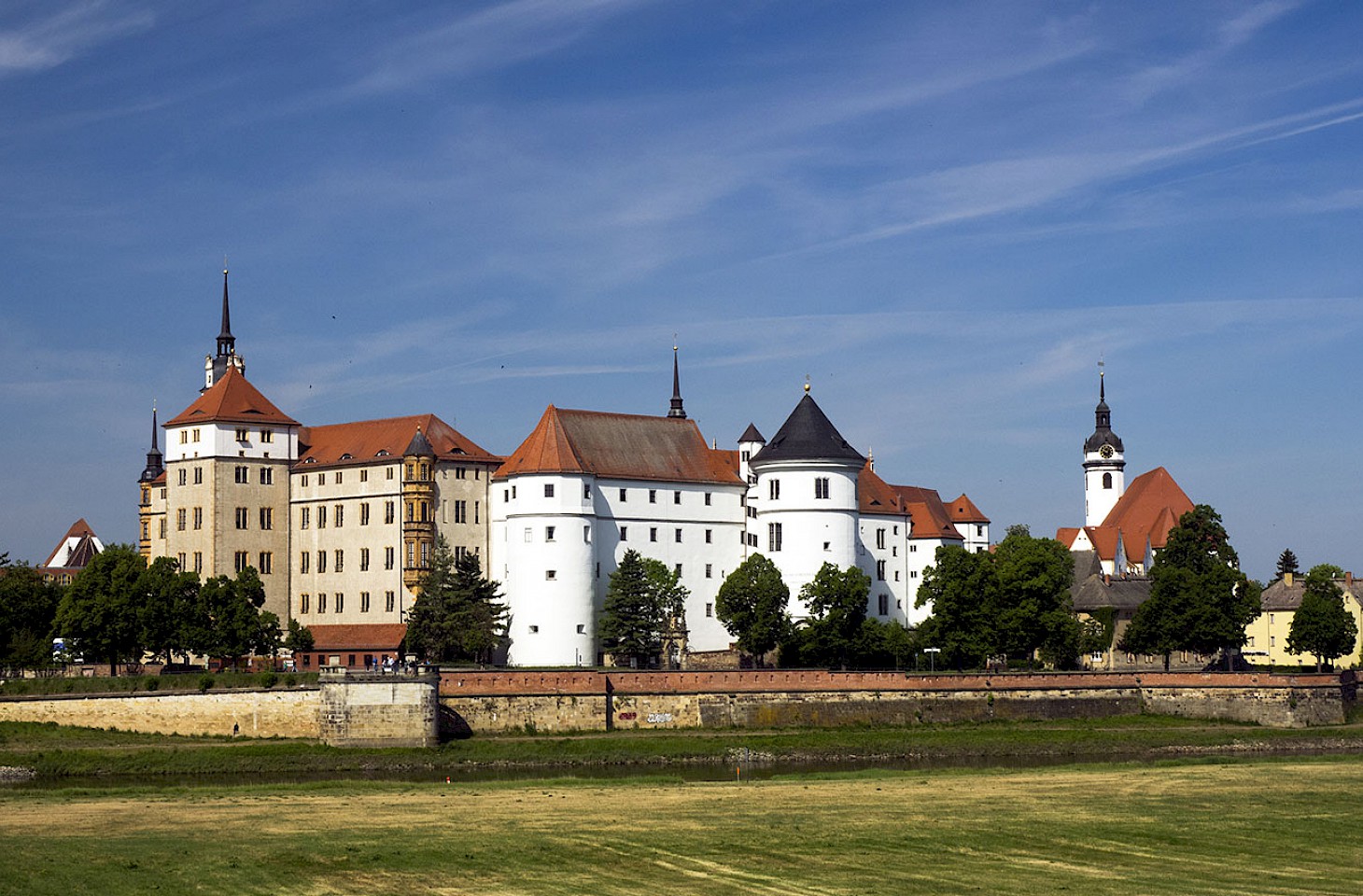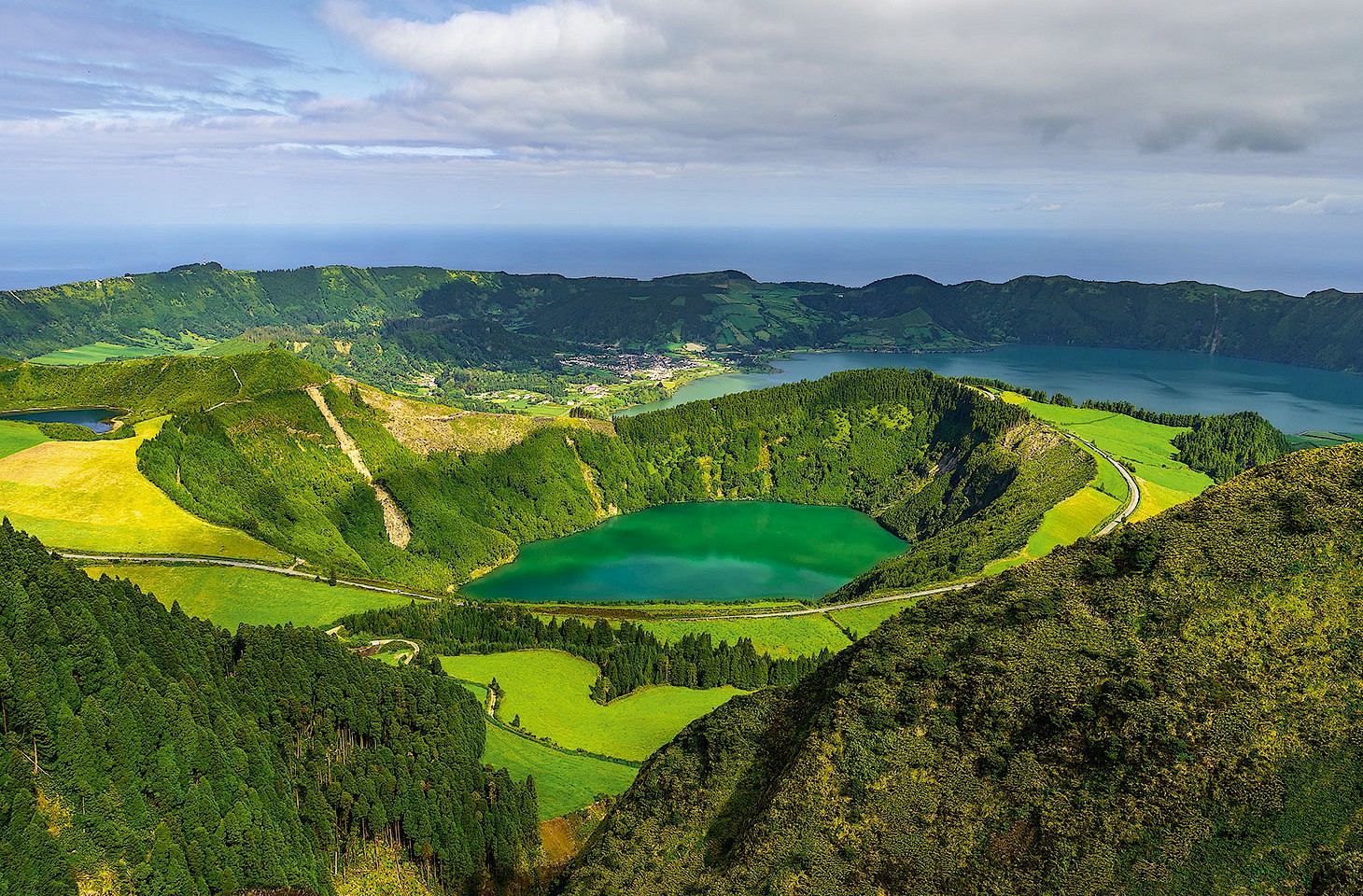Dear fellow travellers
200 years ago, on 5 December 1816, the Scottish publisher John Murray published The Prisoner of Chillon, a poem in the romantic idiom by Lord Byron. The poem, which is just under 400 lines long, was inspired by a visit which Byron and Shelley had together made to the Château de Chillon in June 1816.
This lakeshore castle at the eastern extremity of Lake Geneva, not far from Montreux, is a pretty enough spot. On a good day, the view of the Château de Chillon with the Alps rising magnificently on the far side of the lake is quite something. But it's not vastly better or very much different from a dozen other lake, mountains and castle tableaux around the Alps. What sets Chillon apart is Byron. His visit in 1816 set the agenda for generations of subsequent travellers, focusing the gaze of the discerning visitor upon one particular Swiss castle.
Byron really planned this promo project right down to the last detail. When he dropped in at Chillon in June 1816, he did what all sensible tourists do. He carved his name on a pillar in the castle's dungeon. This was a Byron habit. While at Harrow - a posh school near London - he scored his name thrice in some fine oak panelling. At Delphi in Greece, he carved his name on a column. Byron's cavalier approach to heritage encouraged others to inscribe their names on castles and ruins across Europe.
From Byron's ‘The Prisoner of Chillon’ (1816)There are seven pillars of Gothic mould, In Chillon's dungeons deep and old.
Byron's poem was an instant bestseller. In 1816, poems shaped travel habits in much the same way that advertising campaigns do today. The Prisoner of Chillon was quickly translated into other languages, so a pilgrimage to Chillon was more than merely a British affectation. For example Vasily Zhukovsky's evocative translation of Byron’s The Prisoner of Chillon brought the poem to Russian readers and ensured that the castle at Chillon featured on the itinerary of every Russian bound for Switzerland. The castle remains enduringly popular with Russian visitors today.
In autumn 1836, Nicolai Gogol was based in Vevey, eventually making progress on Dead Souls on which he had started in St Petersburg. He made the statutory visit to nearby Chillon, where he followed Byron's example and carved his name on a pillar. There was no space, Gogol explained in a letter in November 1836 to Vasily Zhukovsky, to squeeze in his name under Byron’s, so it is tucked away at the base of the pillar, where it can still be seen today.
The Château de Chillon is in the premier league of Swiss tourist attractions, pulling about 375,000 visitors each year. About three quarters of those come from outside Switzerland, with the Chinese constituting by far the largest group of foreign visitors. The attendants at the Château de Chillon are especially vigilant nowadays and are quick to stop anyone trying to deface the castle walls with personal inscriptions.
Oddly, while the Chillon brand soars high, with a bit of help from Byron, no-one remembers the hapless prisoner who was the subject of the poem. He was François Bonivard, a 16th-century Geneva patriot who mightily irritated the Duke of Savoy. For his petulance, Bonivard was imprisoned at Chillon for some years, eventually securing release when the Bernese gained control of the territory at the east end of Lake Geneva. With six full years in the Chillon dungeon, Bonivard should have had the foresight to carve his name at least once. He didn't, and more's the pity. A bit of old graffiti can go a long way in promoting a castle.
Nicky Gardner and Susanne Kries
(editors, hidden europe magazine)
Did you know that hidden europe magazine often features articles about literature and landscape? The magazine also covers the history of European travel and tourism. hidden europe makes an unusual Christmas gift - why not take a look at our Advent specials.




